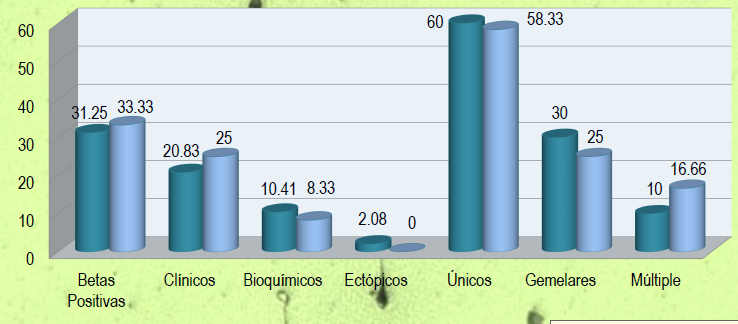Continuing education at Creafam
On this occasion we will take a retrospective look at the results of Creafam’s work; Activities carried out to strengthen our learning in the treatment of patients to offer them adequate reproductive treatment.
We believe that continuous learning is a priority at CREAFAM, for this reason, we always investigate and internally address infertility issues from our team of doctors, biologists, chemists and staff who together generate proposals in order to provide useful and objective information with the intention of to improve our results every day and that it be in favor of the patients and in turn contribute to ourselves in our respective areas of study.
In 2011 we undertook the task of finding out different guidelines related to the intrauterine insemination of our patients. This work was presented as a poster and was presented at the 48th congress of the Mexican Association of Reproductive Medicine (AMMR).
The poster presented by our director, Doctor Arturo Valdés Carrillo; It was entitled: Assessment and Prognosis of Estradiol on Day 3 of Ovarian Stimulation in Homologous Intrauterine Insemination.
The aim of the study was to determine if the estradiol concentration on day 3 offered advantages in follicular recruitment; in addition to avoiding ovarian hyperstimulation, multiple pregnancies compared with patients whose blood serum estradiol level was not measured in cycles of intrauterine artificial insemination.
The period covered was from September 1, 2009 to October 31, 2010 with 114 patients undergoing artificial insemination (AI) treatment.
Two study groups were taken. In group I, 96 patients with estradiol control were studied on day 3 of their controlled ovarian stimulation; in group II, 48 patients underwent AI where no control of Estradiol levels was performed on the 3rd day of stimulation.
Table I. The analyzed parameters of each group are shown (on average); Age, body mass index (BMI), and the number of recruited follicles were compared; there is no significant difference in both groups.
Graph I. We show the pregnancy rates, biochemical, ectopic, singleton, twin and multiple pregnancies, as well as tests with negative results from both study groups where it can be seen that there are no significant differences in the different parameters evaluated in the study.
The conclusions obtained from this study were:


